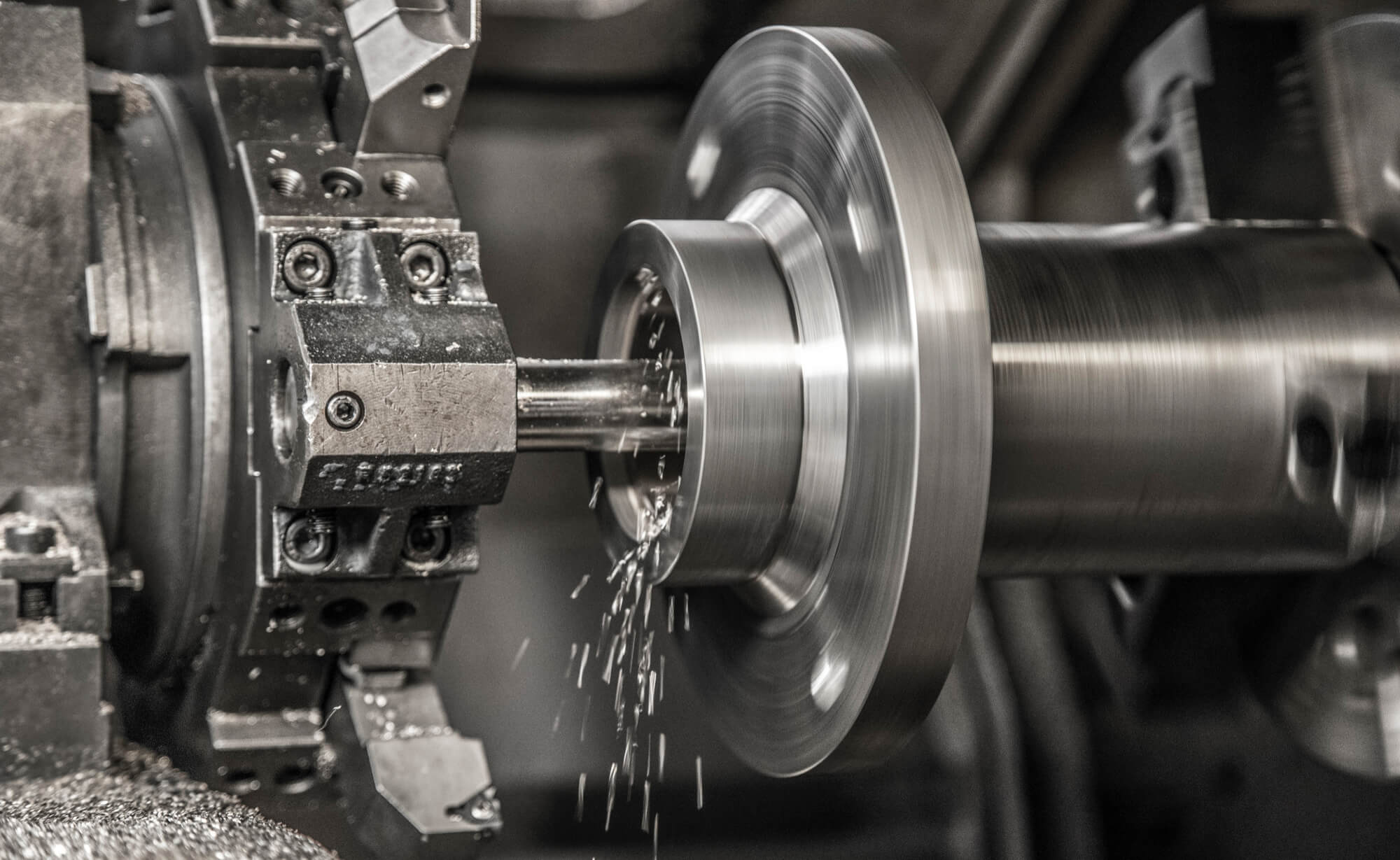When you step into a modern machine shop, you can’t help but be amazed by the array of CNC machines at work. From simple two-axis lathes to complex six-axis turning centers, these machines are the backbone of precision manufacturing. Let’s take a journey through the evolution of CNC machining parts, exploring the capabilities and innovations that make these machines so essential.
The Basics of CNC Lathe Axes
The most common CNC lathes start with two axes: the X-axis and the Z-axis. The X-axis controls the lateral movement of the cutting tool, while the Z-axis manages its longitudinal movement. These two axes work together to perform basic turning and boring operations. All the cutting tools are mounted on a turret, which moves along these axes, ensuring that all tools operate within the designated work area.
For all CNC lathes, regardless of the number of axes, the fundamental movement patterns remain consistent. In a typical horizontal lathe, viewed from the operator’s position, the X-axis moves up and down, while the Z-axis moves left and right. This setup allows for precise control and versatility in machining cylindrical parts.
Expanding Capabilities with Additional Axes
As machining demands grew more complex, the need for additional axes became apparent. Adding more axes allows for more intricate machining processes, reducing the need for multiple setups and improving precision.
Two-Axis CNC Lathes:
- X and Z Axes: Basic turning and boring operations.
- Common Tools: External and internal cutting tools mounted on a turret.
Three-Axis CNC Lathes:
- Additional C Axis: This axis is often used for milling operations, allowing for drilling, grooving, and even helical cutting. The third axis can replace some of the functions typically performed on a milling machine.
- Applications: Machining hexagonal shapes, complex grooves, and off-center holes.
Four-Axis CNC Lathes:
- Dual X and Z Axes: Essentially, it’s like having two two-axis lathes working in tandem. Each set of axes operates independently, allowing for simultaneous inside and outside diameter machining.
- Efficiency: This setup is excellent for reducing cycle times and increasing throughput. It’s particularly useful in high-volume production environments.
Six-Axis CNC Lathes:
- Complex Configurations: These lathes have two turrets, each with three axes. This configuration allows for extreme precision and flexibility, making them ideal for small parts with complex geometries.
- Advanced Applications: Used in industries like aerospace and medical device manufacturing, where precision and complexity are paramount.
Real-World Application
Consider a company that manufactures custom automotive parts. Initially, they used two-axis CNC lathes, but as demand grew for more intricate parts, they upgraded to six-axis turning centers. This upgrade allowed them to:
- Increase Production Efficiency: The ability to machine complex parts in a single setup reduced cycle times and increased throughput.
- Improve Precision: Advanced multi-axis capabilities ensured higher precision, reducing the need for manual finishing.
- Expand Product Range: They could now produce a wider variety of parts, including those with complex geometries and fine details.
Data Table: CNC Lathe Comparison
Here’s a quick comparison of the different types of CNC lathes:
| Type | Axes | Common Uses | Key Features |
|---|---|---|---|
| Two-Axis | 2 | Basic turning and boring | Simple design, cost-effective |
| Three-Axis | 3 | Complex shapes, milling operations | Additional axis for milling, flexible |
| Four-Axis | 4 | High-volume production, simultaneous operations | Dual X and Z axes, reduces cycle times |
| Six-Axis | 6 | Precision parts, complex geometries | Two turrets with three axes each, advanced applications |
Conclusion
The evolution from two-axis to six-axis CNC lathes represents significant advancements in machining technology. These machines have transformed manufacturing, enabling the production of complex, high-precision parts with greater efficiency. As technology continues to advance, the capabilities of CNC lathes will only expand, opening up new possibilities for innovation in various industries.
Related Posts
- Impeller five-axis CNC precision machining technology
The impeller is the most important part on the rotor, and is generally composed of a wheel disc, a wheel cover and a blade. An integral impeller is an impeller…
- Evolution of Mills and Machining Centers: The Future of CNC Machining Parts
Stepping into the world of CNC machining, you quickly realize how pivotal mills and machining centers are in crafting precise parts. Over time, these machines have evolved significantly, transforming from…
- Diversity in CNC Machining Parts: From Standard Lathes to Multi-Axis Turning Centers
Walk into any machine shop, and you'll likely see a variety of lathes humming away. These versatile machines are the backbone of many manufacturing processes, especially when it comes to…
- Choosing Between 3- and 5-Axis CNC Machining for Complex Aluminum Parts
Introduction to CNC Machining CNC (Computer Numerical Control) machining is a manufacturing process that uses pre-programmed computer software to control the movements of factory tools and machinery. This technology plays…
- 3 Axis Vs 5 Axis CNC Machining: Custom Precision Parts Cost
In modern custom CNC machining services, the need for high precision customized machining parts is rising. No doubt, COVID-19 has also put an impact on the cost of parts ranging from…
- Comparing 3-Axis, 4-Axis, and 5-Axis CNC Machining Techniques
CNC (Computer Numerical Control) machining has revolutionized the manufacturing industry, enabling precise and efficient production of complex parts. One of the key differentiating factors in CNC machining is the number…








